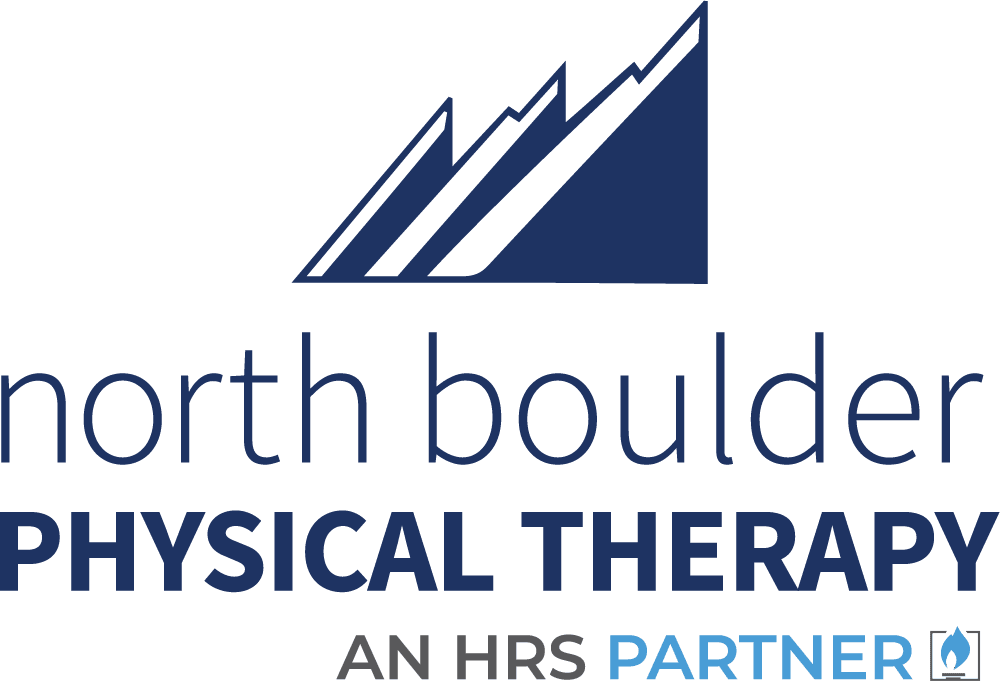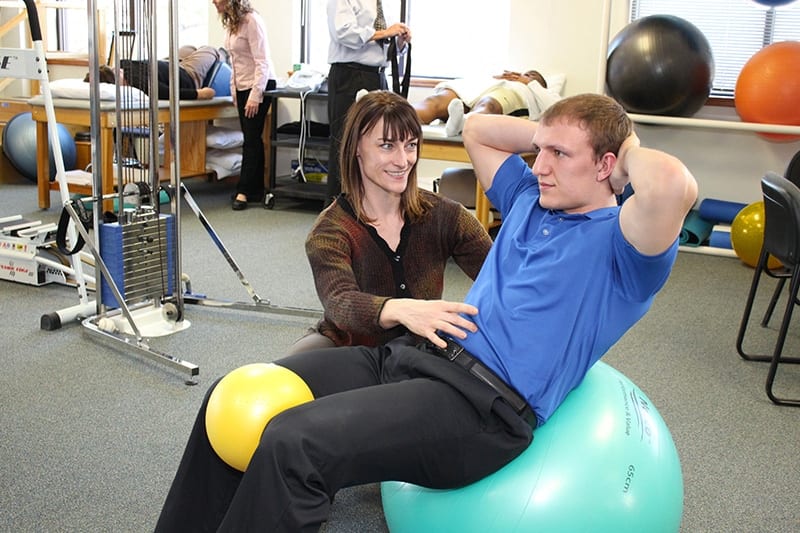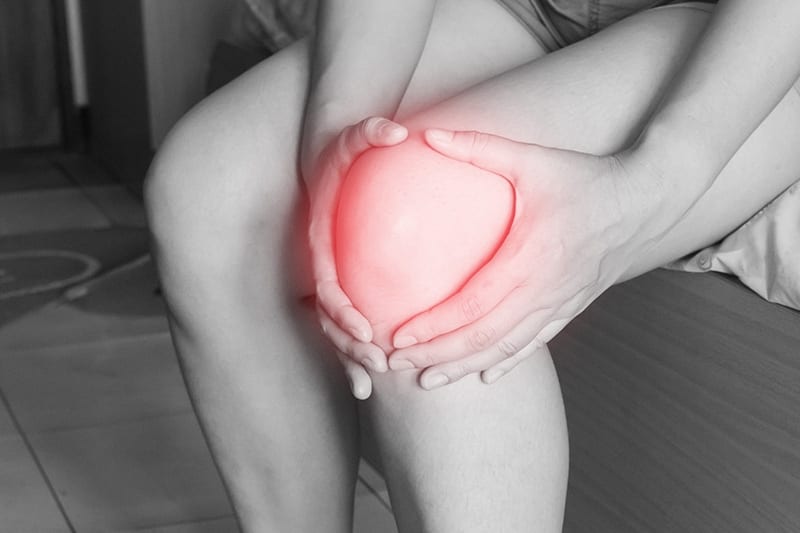 Today, our physical therapists at North Boulder Physical Therapy explain what causes shin splints and how to treat them. If you’re an athlete, particularly a runner, you know shin splints cause pain in the lower leg usually below the knee either on the front part of your leg on the (anterior shin splints) or the most common, on the inside of the leg (medial shin splints). Shin splints often affect beginning athletes who either have not adjusted to the stresses of running or are not stretching enough.
Today, our physical therapists at North Boulder Physical Therapy explain what causes shin splints and how to treat them. If you’re an athlete, particularly a runner, you know shin splints cause pain in the lower leg usually below the knee either on the front part of your leg on the (anterior shin splints) or the most common, on the inside of the leg (medial shin splints). Shin splints often affect beginning athletes who either have not adjusted to the stresses of running or are not stretching enough.
According to a Runner’s World article, shin splints, known as medial tibial stress syndrome (MTSS), happens to runners who have underdeveloped muscles, increased the duration, frequency or intensity of workouts without working up to it, and train on hills or hard surfaces. This shows that muscle imbalances can contribute to shin splints. A physical therapist that specializes in sports medicine therapy can evaluate and treat the musculoskeletal problems using ultrasound, massage, iontophoresis, or other treatments.
Symptoms
But what exactly is a shin splint? The medical field attributes shin splints to either a muscle that’s pulled away from the bone, an inflammation of the periosteum which is a thin sheath of tissue that wraps around the tibia, or shin bone, an inflammation of the muscle, or maybe a combination of these. Shin splints can be very painful and include these symptoms:
- There is a sharp or dull pain in the front of your shin
- The pain increases when you push on your shins
- The pain increases during and after exercise
- With rest, the leg pain goes away
Shin pain doesn’t always mean that you have shin splints. You should see a doctor because it could be a stress fracture or compartment syndrome. Shin splints often feel worse in the morning because overnight the soft tissue tightens up. They also hurt the most when you lift your foot up at the ankle and flex your foot.
Causes
Typically, one leg is involved and it is almost always the runner’s dominant one. If you’re right-handed, you’re usually right-footed, so that’s the leg that’s going to hurt. There may be a number of things contributing to shin splints, including:
- Overpronation is the flattening or rolling in of the foot
- Not enough stretching before working out
- Inadequate or worn shoes or
- Too much stress put on one leg or one hip from running on cambered roads or always running in the same direction on a track
- Imbalance between the calf muscles and the front leg muscles
Treatment
If you think you may have shin splints, you should stop running or at least decrease your training regimen depending on the extent and duration of the pain and rest as much as you can. Apply ice or a cool compress to the injured leg muscle.
Evaluation
The first step is a comprehensive injury evaluation to determine if you have shin splints. We must first treat the inflammation, pain, and swelling. A sport-specific rehabilitation program is planned after a comprehensive physical therapy evaluation.
Physical Therapy
We always start with rest, ice, and gentle stretching of the calf. We often use the therapies of ultrasound and electric stimulation, wrapping the lower leg, and gentle massage.
Exercise
Strengthening and stretching exercises are important to strengthen the damaged muscles.
Massage
Deep tissues massages to the muscles are used.
Shoes
We can evaluate if you need specific custom orthotic devices.
Our goal is to help you heal so you can return to your sport. Our sports medicine therapy and rehabilitation methods are designed using sport and musculoskeletal analysis. Our trained staff will choose the therapy methods that can best help you to get you back in the game. Your individualized treatment program will address your need and create a greater level of success in your rehabilitation.
After Therapy Methods
Our physical therapists develop a program and responses to help you after therapy has ended. According to a Runner’s World article, there are things you can do to help with the recovery and prevention of shin splints including:
- Stretching the muscles in your shins by kneeling on a carpeted floor with legs and feet together and toes pointed directly back. Slowly sit back onto your calves and heels, pushing your ankles to the floor. You will feel the tension in your shin muscles. Hold the stretch for ten to 12 seconds, then relax and repeat it.
- Sitting and tracing the alphabet on the floor with your toes. Alternate legs.
- Walking on your heels for 30 seconds with 30 seconds of regular walking. Repeat four times.
- If you are still in pain, try wrapping your leg by using tape or a bandage, starting above the ankle and wrap it to just below the knee. The pain usually goes away in about three to six weeks.
- Consider cross-training as your shin heals. Instead of running, try swimming or biking.
- Once you begin running again, remember to increase your mileage slowly.
- You should always wear shoes that correctly support your foot. Severe overpronators may need orthotics. It’s a good idea to have two pairs of shoes and alternate wearing them to vary the stresses on your legs.
- Until the pain of shin splints goes away avoid running on hills and hard surfaces.
- Stretch your calves and Achilles regularly as a preventive measure.
If you come to North Boulder Physical Therapy, we will help you understand what causes shin splints and how to treat them. If you’re an athlete who wants to heal and get back to their sport, we are here to assist you in reaching your goal of returning to sport.



